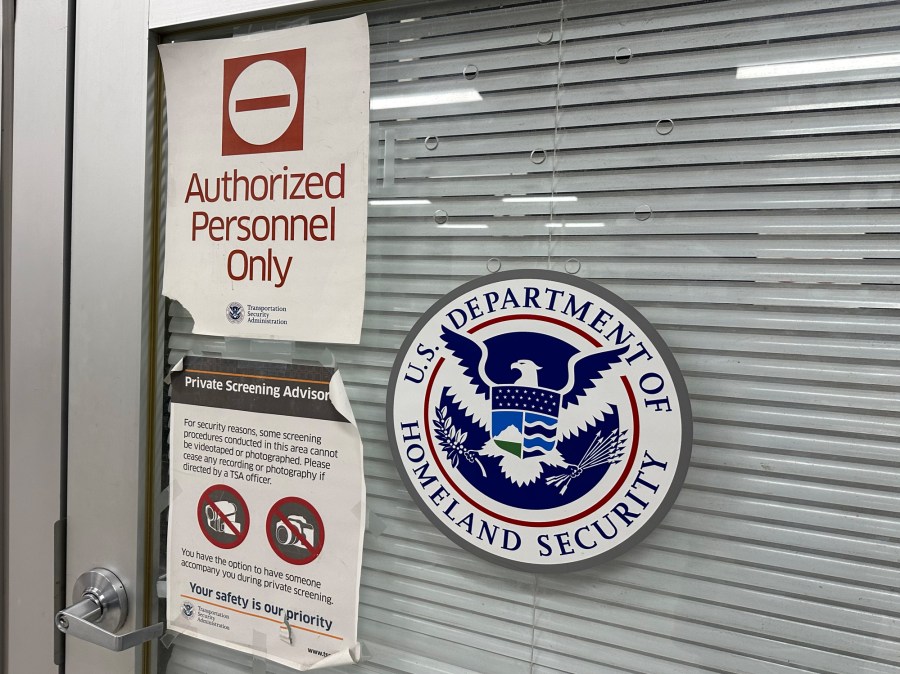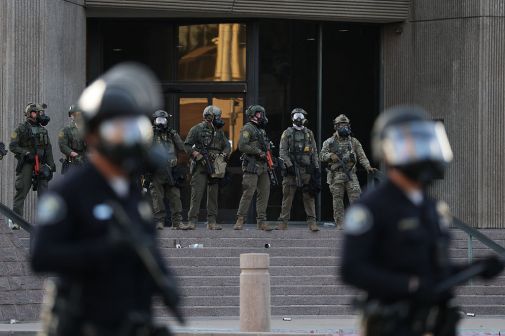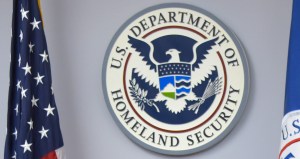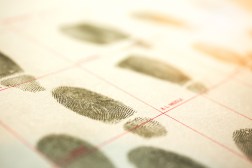Leadership at DHS biometrics office asked cramped staff to bring their own chairs to work

Amid a governmentwide effort to bring federal employees back to the office, a small but powerful biometrics office based in the Department of Homeland Security is now so packed that employees were briefly asked to bring their own chairs to work.
An email viewed by FedScoop shows that employees of the Office of Biometric Identity Management (OBIM) were at one point guided to bring their own chairs to work, but that advice was quickly rescinded.
“Despite guidance you may have received earlier today, we have been informed that staff should not bring their own chairs to the office,” read the email, which also thanked employees for their patience as they worked through logistical challenges.
OBIM, which was established more than a decade ago to manage the biometric information used to make border security decisions, is based at the Transportation Security Administration’s offices.
Another email, also viewed by FedScoop, highlights the severe space constraints at OBIM. Employees were sent lists of conference rooms that could be used for seating options for work.
“With these space limitations, we encourage staff to please be accommodating and share offices and workspaces to the extent it is possible,” the email stated. “Please connect directly with your supervisor and division leadership to discuss creative seating solutions. Please remember that we are all in this together and are working to find viable solutions. Thank you again for your patience as we work through these logistical challenges.”
Because there isn’t enough office or cubicle space, it’s possible that staffers could unintentionally expose information to those that don’t need to know it, given their proximity to other people, one former OBIM employee said.
A person within DHS also confirmed that privacy was an issue and that because conference rooms were being used for work, they were not being used for conferencing. They said OBIM employees were sitting on couches to work and holding their laptops on their laps because there isn’t enough desk space.
One source familiar with the situation said that staff at OBIM had to be in the office between 9 a.m. to 5 p.m. with no exceptions. Because of the space constraints, people are sitting in break rooms, conference rooms, and hallways, the person said. Much of the primary leadership is leaving the DHS component, they added.
A former senior DHS official noted that there have been space issues at DHS’s management directorate, which includes OBIM. The two floors of TSA offices set aside for OBIM staffers were not meant to house every employee five days a week, they added. In their view, there was less reason to be concerned about privacy.
DHS did not respond to multiple requests for comment. FedScoop reached out to Customs and Border Protection to ask for a specific contact for OBIM press, but was told that the component doesn’t give out contact for individual offices.
OBIM has seen upheaval in recent weeks beyond the office issues. Kenneth Gantt, the deputy director of OBIM, is leaving the agency, two sources said. And last week, FedScoop reported that the Department of Government Efficiency had arrived at OBIM and initiated discussions about the future of the Homeland Advanced Recognition Technology (HART) program, which is supposed to serve as a next-generation replacement for DHS’s biometrics program.






